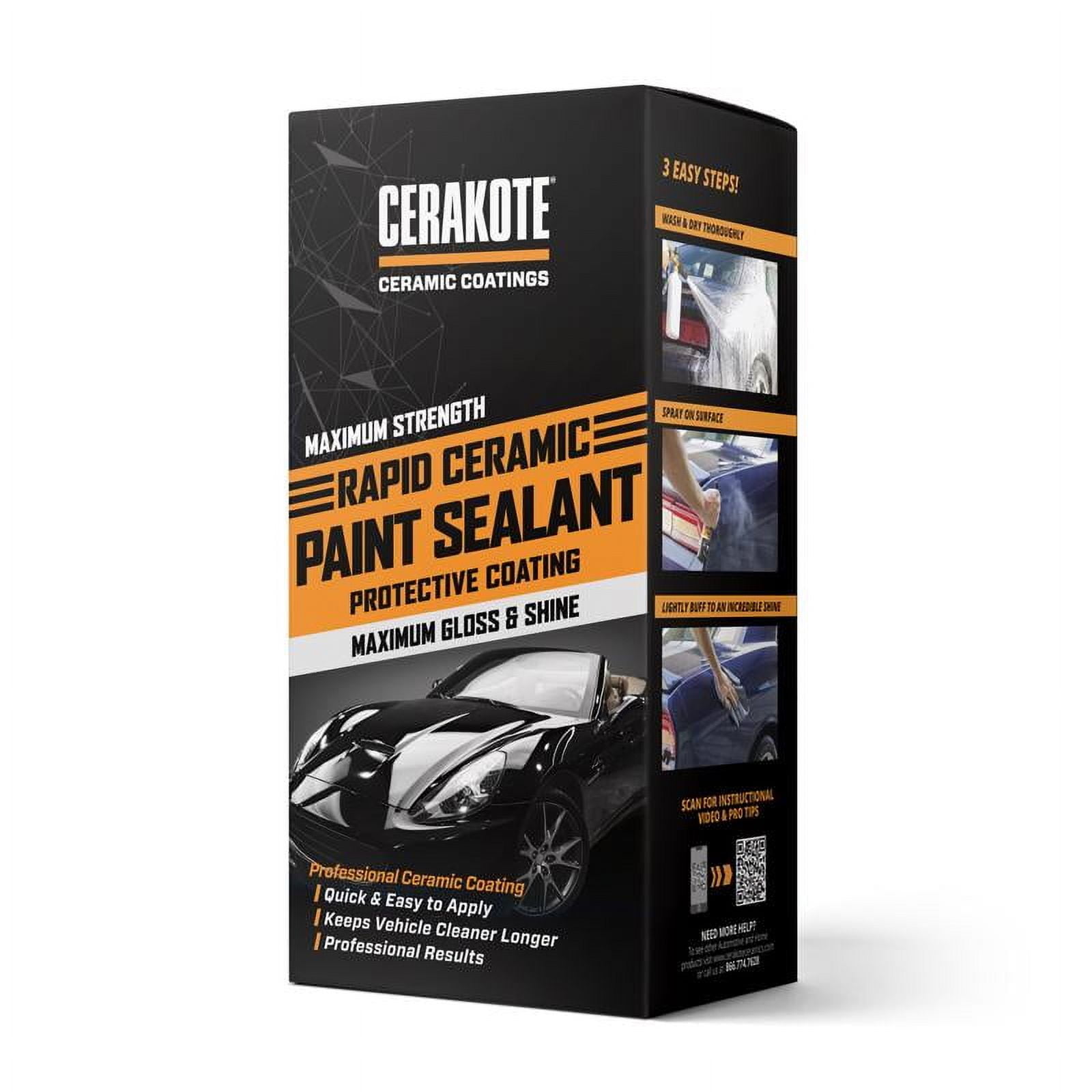Comprehensive Car Treatment Solutions Offered by Ceramic Coating Philadelphia Professionals
Comprehensive Car Treatment Solutions Offered by Ceramic Coating Philadelphia Professionals
Blog Article
Why Ceramic Layer Is the Ultimate Service for a Perfect Complete
Ceramic covering has actually emerged as a leading solution for those seeking a remarkable coating for their cars, thanks to its remarkable toughness and protective functions. What elements really set ceramic coating apart?
What Is Ceramic Finish?

When applied properly, ceramic covering creates a hydrophobic surface that drives away water and dust, making it simpler to keep and clean up. Unlike traditional waxes or sealers, which typically supply brief protection, ceramic coverings can last for numerous years, depending upon the product quality and application approach. The process of using ceramic covering calls for meticulous prep work, consisting of extensive cleansing and in some cases paint adjustment, to make sure optimum bonding and performance.
Ceramic finishes are not limited to automotive surface areas; they can additionally be made use of on different materials, consisting of glass, steel, and plastics, offering a flexible remedy for improving defense. Generally, ceramic layer stands for a substantial improvement in surface area protection modern technology, integrating both practical and aesthetic advantages for a large range of applications.
Advantages of Ceramic Covering
While several surface defense alternatives exist, the benefits of ceramic coating stand out because of its unique buildings and durable performance. Among the primary benefits is its phenomenal longevity. Ceramic Coating Philadelphia. Unlike conventional wax or sealers that need frequent reapplication, ceramic coverings supply a resistant layer that can last for a number of years, considerably lowering upkeep efforts
An additional remarkable benefit is boosted protection against environmental pollutants. Ceramic finishes produce a hydrophobic surface area that fends off water, dust, and numerous pollutants, making it simpler to clean up. This attribute not only preserves the car's look yet likewise decreases the risk of deterioration and oxidation, especially in severe weather condition problems.
Furthermore, ceramic finishings use exceptional resistance to UV rays, protecting against fading and deterioration of paint with time. This UV protection is important for maintaining the visual value of surface areas and automobiles revealed to direct sunlight.
Furthermore, the glossy coating attained with ceramic finish improves the overall aesthetic charm, giving surfaces a showroom-quality shine. In general, ceramic coverings stand for a substantial development in surface protection innovation, giving enduring benefits that deal with both functional and visual needs.
How It Functions
Recognizing the scientific research behind ceramic finishes discloses how they offer such remarkable defense and durability. At its core, a ceramic coating is a liquid polymer that chemically bonds with the car's factory paint.
The application process involves multiple steps, consisting of surface preparation, which is vital to accomplishing optimum adhesion. As soon as applied, the finish goes through a treating process, during which it solidifies and creates a semi-permanent bond with the paint surface area. This bond is what identifies ceramic finishings from traditional waxes and sealers, offering a longer-lasting protective barrier that can withstand for years.
Moreover, the density of the covering can enhance its protective high qualities, guaranteeing that it can hold up against extreme conditions. Ultimately, the scientific research of ceramic coatings combines advanced materials with ingenious application strategies to provide an unequaled degree of protection and aesthetic improvement for cars.
Comparison With Standard Techniques
The advantages of ceramic finishes become particularly noticeable when compared to standard paint security methods such as sealers and waxes. While waxes provide a temporary sparkle, typically lasting a few weeks to a couple of months, ceramic coverings supply a long-lasting protective layer that can sustain for a number of years. This sturdiness considerably minimizes the regularity of reapplication, making ceramic coatings a much more economical service with time.
Furthermore, typical techniques typically require considerable preparation and numerous applications to accomplish a sufficient level of security. On the other hand, ceramic finishes bond at a molecular degree with the vehicle's surface area, creating a robust next shield against environmental pollutants like UV rays, acid rain, and road salts. This bond improves the lorry's resistance to scratches and swirl marks, which prevail with standard waxes and sealants.
Furthermore, the hydrophobic homes of ceramic coverings repel water and dust, causing less complicated cleaning and maintenance. In contrast, wax and sealant-treated surface areas can attract crud, requiring even more constant cleaning - Ceramic Coating Philadelphia. Generally, ceramic finishings not just offer superior defense however likewise provide an extra long-lasting and aesthetically appealing coating, developing them as the recommended choice for discerning vehicle proprietors
Application and Maintenance Tips

Utilizing a foam applicator, apply the finish in little sections, following the producer's standards regarding thickness and overlap. Allow adequate healing time between coats, normally 1 day, to ensure correct bonding. After application, it is important to avoid direct exposure to water or harsh aspects for at the very least a week to enable the coating to totally treat.
Additionally, using a ceramic upkeep spray can enhance the finish's hydrophobic properties and durability. Normal assessments for any kind of signs of wear will certainly help maintain the covering's stability and maintain that excellent surface.
Conclusion
To conclude, ceramic coating emerges as an exceptional alternative for attaining a perfect vehicle surface. Its outstanding durability, protective top qualities, and hydrophobic residential or commercial properties considerably improve the car's look while simplifying upkeep initiatives. By creating a robust bond with manufacturing facility paint, ceramic covering effectively guards versus scratches, UV rays, and environmental impurities. With a life-span expanding several years, this advanced remedy not only protects however likewise elevates the general aesthetic appeal of vehicles, making it a cost-efficient financial visit here investment for cars and truck lovers.

Report this page